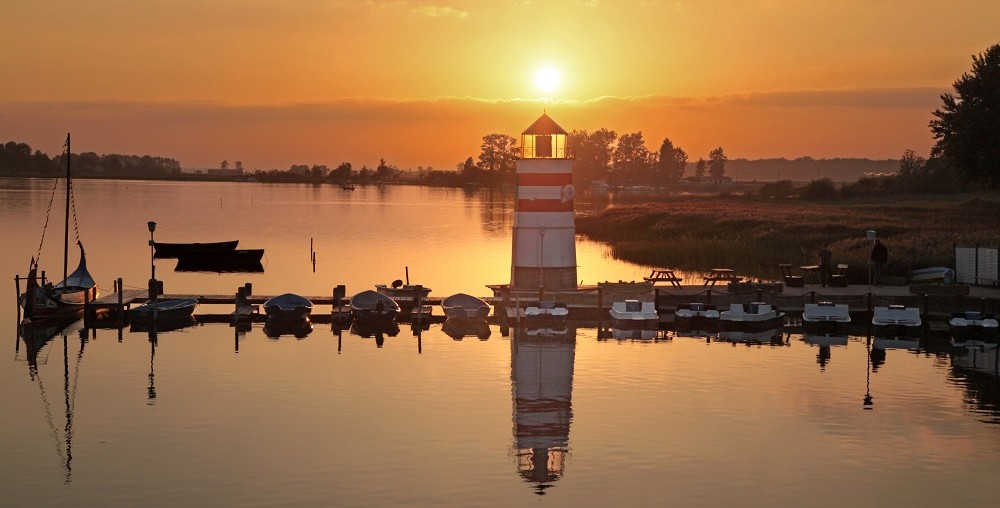Ah, Storm Kathleen. She came, she threw a little tantrum, she left. It was not as bad as we so nail-bitingly feared. No blackouts, no breakages, no unidentified flying objects. Just us, and our forced two days of rest, sitting very safely in the house listening to the wind howling around us. Even though it had been wet and windy a lot since we were here, this was, however, a lot more gustier than usual. We had a lovely panorama view of the bay, the fields and the mountains, so apart from the water being slightly choppier than usual, nothing seemed dramatically alarming. Kathleen did, however, wreak havoc in many other areas in Ireland 🥺
After two days of admiring each other’s baby blue eyes, we really needed to get out and smell the rocks. The sun was shining and no rain was forecast for the day. Hubby has two weather apps. Sure is sure 😎 So the coastal route between Allihies and Casteltownbere seemed like a good idea, and wow, it really was full of lovely surprises.
As we’d already explored almost every part of the coast between Eyeries and Allihies, we didn’t make any stops along the way. Okay, one or two. Maybe more. We approached Allihies from a different route as the last time, and everything was so beautiful. We stopped and explored a bit. Then it was time to eat. Where else to go but to the same pub in Allihies as the last time. What did we eat? Duh-uh! Fish and chips of course. With sides of rugby. The pub was full because a very important rugby match was on. It was so amusing sitting there eating our crispy fish while listening to some very colourful criticism thrown at the TV screen. They say it like it is. It seemed to work because then a try was scored. Boom! Yea! Applause! Way to go Ireland!







As is with a silly navigation app thingy, we were taken on another merry ride. The road led us to the back of the village, adventurous and narrow. The views from above were spectacular, so it was okay almost ending up in a ditch or two to avoid oncoming traffic.








The Pier at Kilkinnikin West close to Loughane Beg Beach with the Black Ball Head mountain at the back. The tower to be seen is a Martello Signal Tower ruin, one of fifty built on the Irish coastline by the British, to hinder Napoleon from invading Ireland. The name sounds Italian, but it was derived from Mortella, a point in Corsica, the birthplace of Mr. Bonaparte. Yes. Seriously.










The Bell Tower at St. Michael’s Catholic Church Kilkinnikin West, Cahermore. The church was unfortunately closed, so we were not able to see inside. As with most of the village churches we had visited up to now, it cannot be ascertained as to when this one was built. The bell tower was apparently erected in the 1950’s.



The most intriguing surprise was to discover that there was a Tibetan Buddhist Retreat a mere twenty minutes away from where we were staying. The Dzogchen Tibetan Buddhist Retreat was a dream come true for an English couple back in the early 1970’s. They wanted to create a spiritual place where everyone would be welcome. Whether you followed any religion, or not, it did not matter. They bought a very large plot of land with some ruins overlooking the amazing Bantry Bay, then started very simply to build their dream. In 1992 they donated everything to a charitable trust, which is still running the retreat up to today. They have a Spiritual Care Centre, a meditation room, a café and gift shop, a hostel and self-catering cottages. A few years ago they started work on building a new temple, and as stated on their website, it will be “Ireland’s first Tibetan Buddhist Temple“. The temple is scheduled to open in the summer, coinciding with their fiftieth anniversary.









We sat for a few quiet minutes in the meditation garden enjoying the views of the shimmering blues, greens and turquoise waters of the bay. The birds were singing and the sun was shining on our faces. Oh what a beautiful serene moment. Then BOOM! Gaudy loudness. A group of tourists. Was it really necessary to shout down the mobile phone? Did the others in the group have to laugh and talk as loud as they did? Were they calling their spirits? Did none of them see the sign asking to respect the garden and be quiet? Geez! The same when visiting churches. Some people have no respect whatsoever. Rant over!











The Brackluin Animal Sanctuary and Rehabilitation land is right next to that of the Dzogchen Beara. We tried to walk there, as seeing all the animals that were rescued would have been very interesting, but the ground was a bit too mushy for our liking, so we gave up. We visited the café instead and had cake with hot chocolate filled with marshmallows and thick cream 😋




Gour viewpoint with great view towards Castletownbere




A day filled with lots of walking, driving, fresh air, sunshine and dazzling colours. We got home, sat ourselves on the sofa and waited for the sun to set. Oh bless…




















































































































































































































































































































































